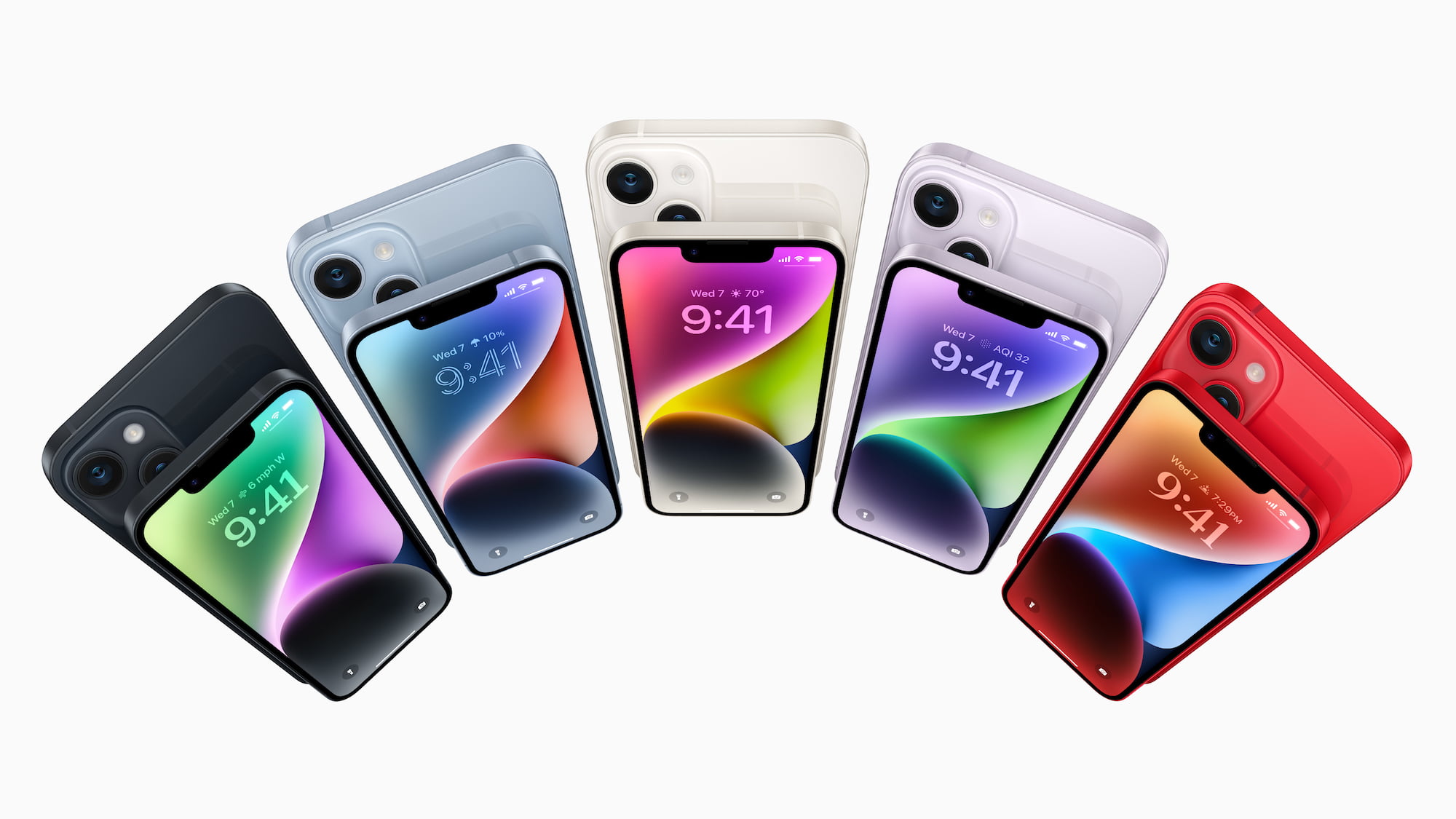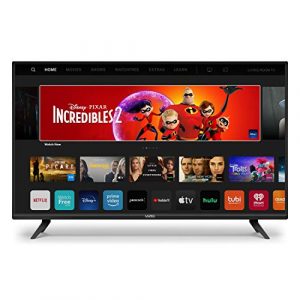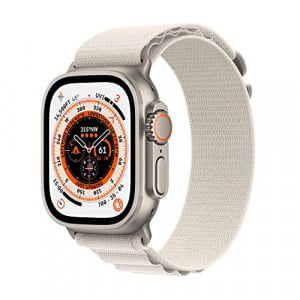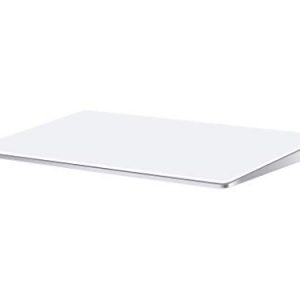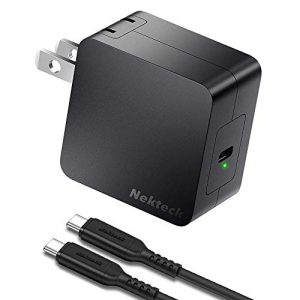The iPhone 14 is more or less an iPhone 13 Pro except for the slightly improved camera and the satellite communication, which is not available outside the US. However, there is one technical thing that is easily overlooked: the move to Bluetooth 5.3.
All previous iPhones only shipped with Bluetooth 5.0. So what does the expansion bring to 5.3? Let’s take a look at the changes introduced under each version number:
- 5.1: Direction Finding
- 5.2: LE Audio with LC3 Codec, Broadcast Audio
- 5.3: Improvements for IoT devices
As we can see, Apple didn’t introduce 5.1 for a good reason: because Apple uses the specially developed U1 chip to find objects in the Apple universe. This chip is in the iPhone and the AirTags, for example, and helps determine their position.
With the new devices, Apple now also supports LE Audio. This standard enables audio data to be transmitted via the Bluetooth Low Energy part. Previously this part of the Bluetooth standard was too slow to stream audio, now it is possible with the new LC3 codec. Furthermore, with the broadcast function, many receivers can be controlled at the same time (imagine all visitors standing in front of a painting in a museum and all receiving the spoken information on their Bluetooth headphones at the same time).
5.3 adds further improvements for small IoT devices. An example is a device that measures blood sugar, for example, and most of the time does not have to transmit any data but is only paired. At one point in time, however, all the data collected is sent to the smartphone. The change from low-power to data transmission mode should be faster and more stable.
Will Bluetooth 5.3 bring better battery life? Not with AAC.
So the latest developments in the Bluetooth standard have now also been introduced in iPhones. The new AirPods Pro also come with the 5.3 version number. So the question arises whether the battery life improves significantly. The answer is: no, not at all. Apple still claims the same battery life for the all new AirPods Pro 2nd generation as for the third generation AirPods with Bluetooth 5.0. Six hours are mentioned.
Why is that? The improvements in the area of LE Audio can apparently not be used. Namely, the LC3 codec is the successor of the SBC codec, and it is the worst of all Bluetooth codecs. The use of this codec is usually avoided, aptX or Apple’s AAC have prevailed for high-quality audio. However, the AAC codec probably cannot be transmitted via the low energy part of the Bluetooth standard, but has to use the conventional Bluetooth Classic – like all currently available audio streaming devices – and thus falls back to Bluetooth 2.1 EDR. That still seems to be the standard for audio streaming. So even if you have headphones with Bluetooth 5.0 or 5.3, battery life on an iPhone will not improve. Although these devices have a low-energy part that communicates with the iPhone, this is only used to transmit information such as the battery level. Bluetooth Classic is used for audio streaming, unless it is the inferior LC3 codec, and then headphones with Bluetooth 3.0 have no advantage over ones with Bluetooth 5.3 in terms of battery life.
But maybe Apple has built in a feature: You might be able to switch from AAC (classic Bluetooth) to LC3 with somewhat lower quality and therefore lower energy consumption. The advantage would be a significant increase in battery life with a slight decrease in the quality of the transmission.
